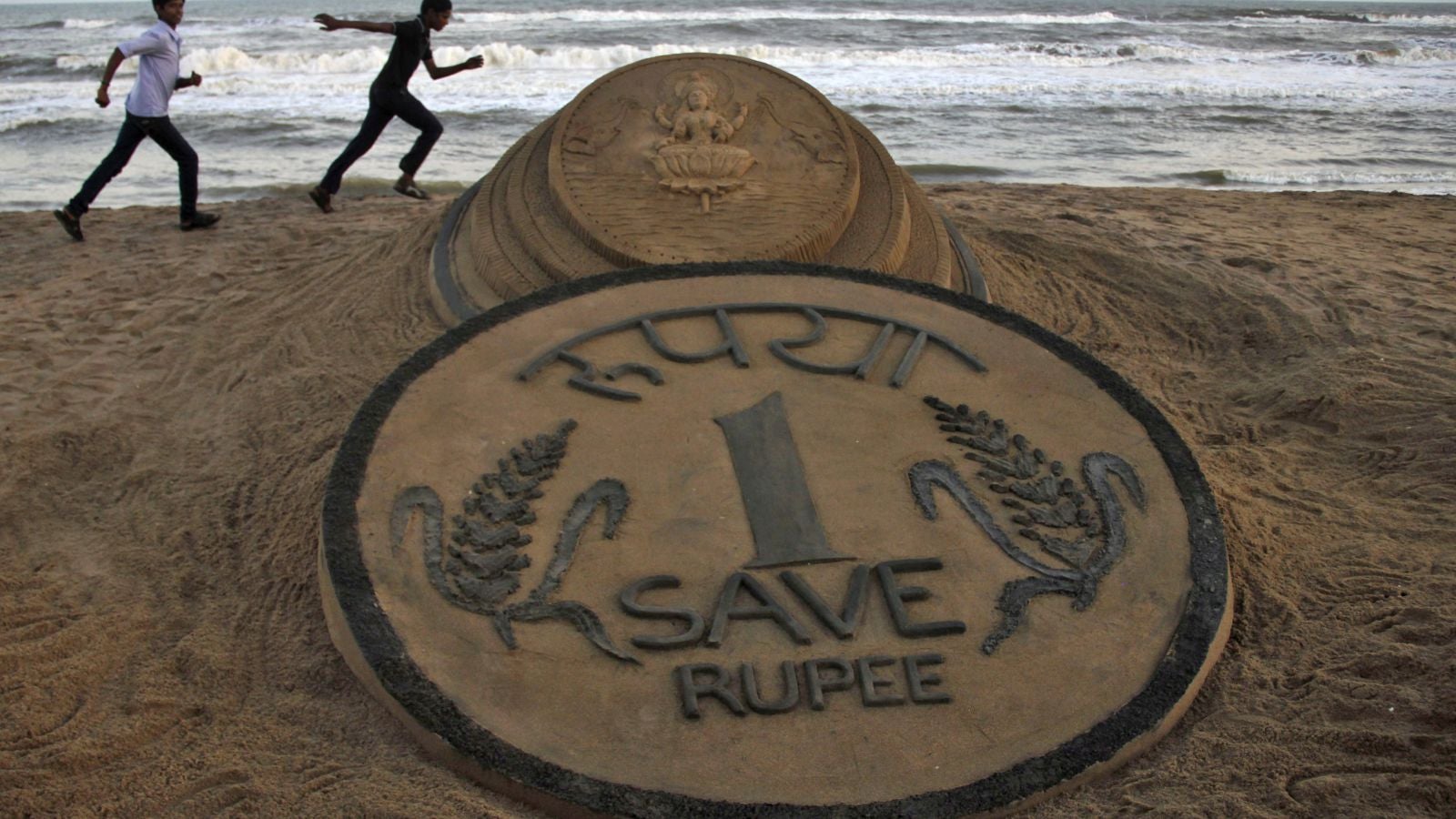Here’s why the Indian rupee may fall below 75 per dollar soon
There is just no respite, no pause.


There is just no respite, no pause.
On a slippery slope since 2018 began, the Indian rupee closed at its weakest level, 73.34 per dollar, yesterday (Oct.03)—and opened even lower at 73.78 today. It has already shed 15% this year, making it one of Asia’s worst-performing currencies.
Weighed down by global pressures—trade wars and rising crude prices—the rupee may hit 75 per dollar if the tough times continue, believe analysts. “There is a downward bias and the rupee can even fall to Rs75,” Sajal Gupta, head of forex and rates at Edelweiss Securities, told Quartz.
Singapore’s DBS Bank concurs.
“If the panic in emerging markets continues and the domestic situation remains worrisome, then I wouldn’t be surprised if it reaches the 75 mark,” said a currency trader with domestic brokerage house Motilal Oswal, requesting anonymity.
And given its recent performance, their fears may not be unfounded.
In August, when the currency was trading below the psychologically important Rs70 level, it was expected to cross the Rs72 mark in a few months. But since then its decline has only accelerated.
Reasons for the rupee’s fall
Of late, global crude oil prices have been on a steady ascent, straining India’s finances. In October, brent crude oil prices breached the $85-per-barrel level for the first time in over four years. There are concerns that the $100-level may not be too far.
So India spends more dollars to pay for its fuel needs, 80% of which is met through imports. This stress is sinking the rupee, while the country’s finances and macro-economy take a beating, in turn dragging down the currency further.
The rupee’s fall is not an isolated phenomenon, though. For instance, the Turkish lira (down over 40% this year) and the Argentine peso (down over 50% this year) have been in a free fall, too.
Besides, the dollar itself has been strengthening, which makes the rupee correspondingly weaker.
A recent report by credit ratings agency Care Ratings underscored the impact of international factors—this includes the brewing US-China trade war—on the rupee’s rout. “It appears that global factors have had a more important role to play for the depreciation of the rupee rather than domestic factors,” Care said in a report in September.
Intervention
Yet, the domestic front is not devoid of concerns.
The higher import bill has widened India’s current account deficit (CAD), and this is expected to widen further.
This has spooked foreign investors who have been steadily pulling out of the market. In September alone, Rs21,000 crore ($2.46 billion) was sucked out, eroding the rupee’s value as the demand for the dollar picks up when they withdraw.
The Reserve Bank of India and the government have tried to address some of these concerns.
On Oct. 03, the central bank allowed state-run oil marketing companies to raise cheap loans abroad, to ease the pressure on the Indian currency. Last month, the government announced a slew of measures to boost dollar inflows into India.
But the results are still awaited.
Want to read more from Nupur Anand? Subscribe to Quartz Private Key—Quartz’s premium crypto newsletter, delivered twice weekly.